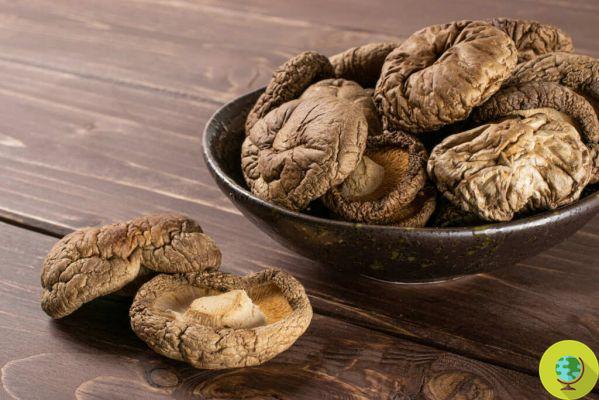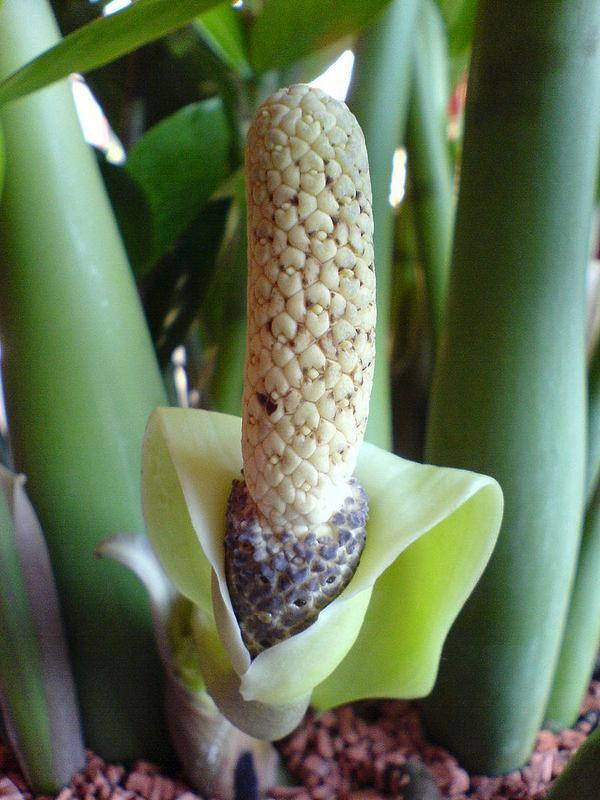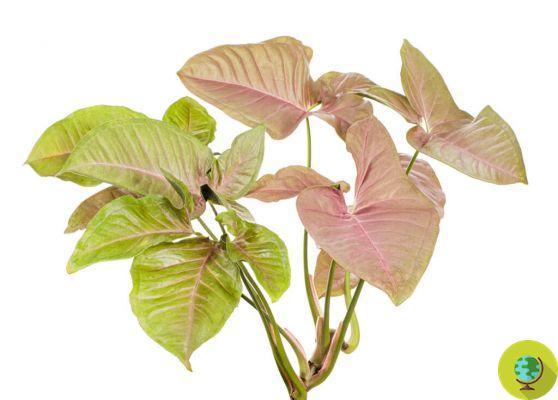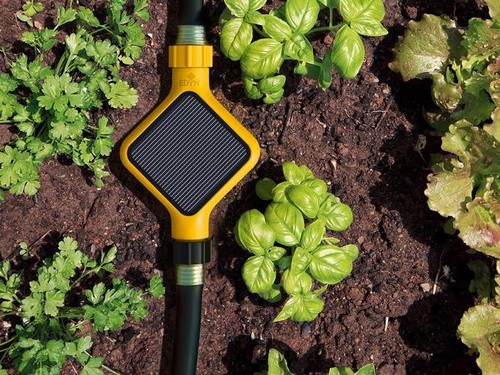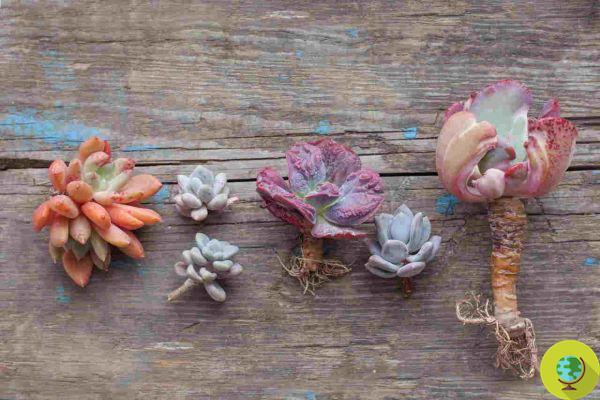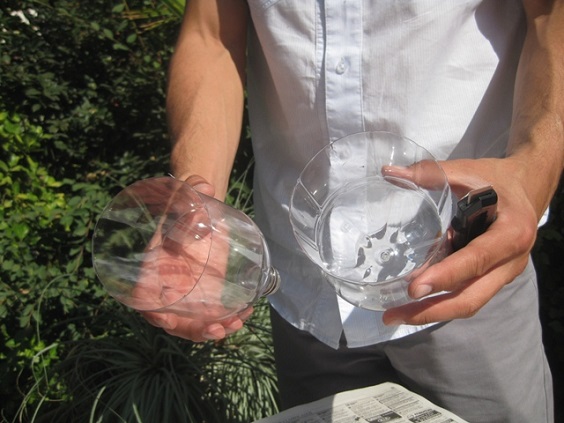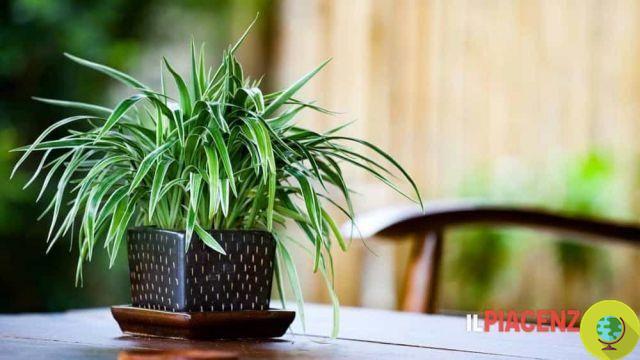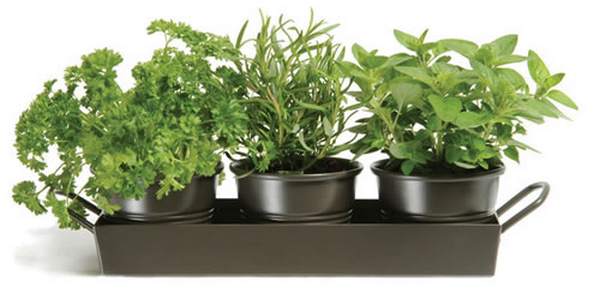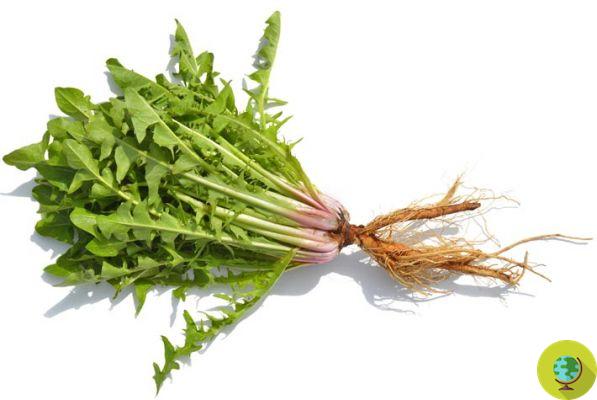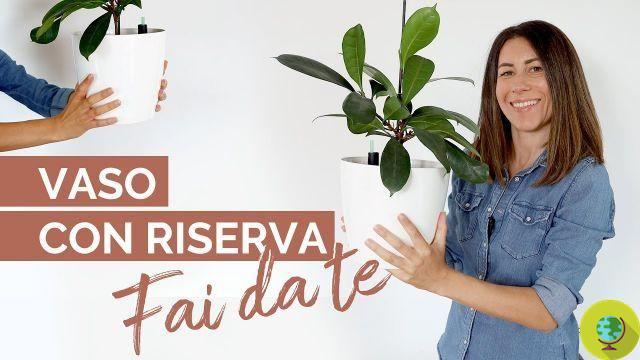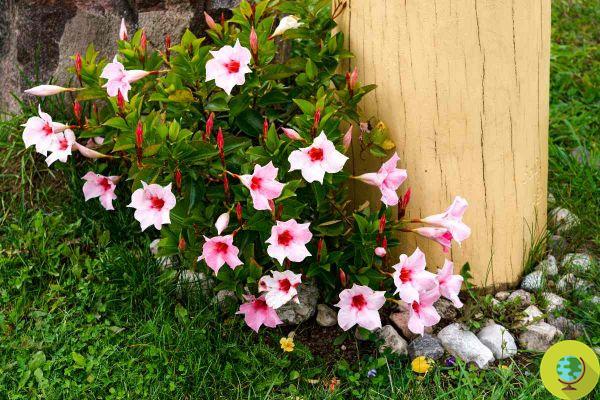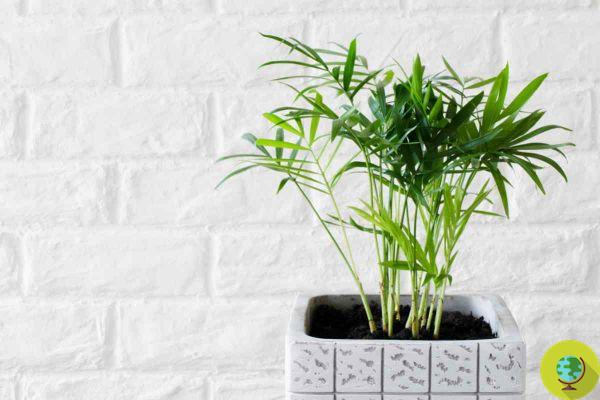To grow sprouts indoors, it is not strictly necessary to purchase a sprouter. It can be easily replaced by some tools commonly available in every kitchen and with some tricks within everyone's reach. In fact, it may be sufficient to use a simple plate, a glass jar or a colander.
He is about to end up run over, his mother saves him
grow sprouts in the house it is not strictly necessary to buy a sprouting. It can be easily replaced by some tools commonly available in every kitchen and with some tricks within everyone's reach. In fact, it may be sufficient to use a simple dish, for an glass jar or one colander.
Before being placed in the chosen home sprouter, the seeds to germinate must be rinsed and left to soak in a container with water for 6 to 12 hours, depending on their size. You will notice that the legumes will double in volume after soaking. It is important that in the sprouts there are no water stagnations, to avoid the formation of mold and rot.
It is advisable to cover the sprouts with a cloth or a lid e place them in the dark, in order to facilitate germination (recalling the conditions of absence of light in which the seeds are after being planted in the ground). Sprouts can be stored in the refrigerator in food containers for up to a week, during which time they usually tend to grow a little longer. Before consuming them, it is good expose them to sunlight for a few hours, in order to increase the content of vitamins and beneficial nutrients.
If you have the possibility, prefer the use of for the cultivation of the sprouts glass containers, terracotta or stainless steel, rather than plastic. In the case of plastic, make sure it is suitable for contact with food.
What sprouts to grow? Buy organic and non-shelled products. You can decide to sprout, for example: lentils, chickpeas, mustard, azuki beans, mung beans, lentils, linseed, watercress seeds, rocket or herb, millet, amaranth, broad beans, rice, oats, rye, barley, anise, finpcchio, beans. buckwheat, celery and cumin.
Index
Glass jar
The glass jar method for growing sprouts is particularly suitable for smaller seeds, such as rocket, alfalfa, millet, amaranth, cress, flaxseed, and sunflower. The seeds can be poured into the jar and covered with two or three fingers of water (for the more mucilaginous seeds, such as rocket seeds or flax seeds, it is possible to omit soaking) for 6 to 12 hours. The jar must be placed in the dark, covered with a cloth, but without a lid. After the necessary time has elapsed, its embouchure must be covered with a fine retina, like those used for sugared almonds, to be fixed with an elastic. This will facilitate the rinsing of the shoots, to be carried out two or three times a day. Sprouting occurs in 3-5 days. More information on this can be found in this article.
READ also: How to grow sprouts in a jar
Steamer basket
If you don't have a sprout but have a steaming basket, you will have found a suitable solution for growing sprouts starting from the largest seeds, with particular reference to chickpeas, lentils, mung beans and azuki beans. Leave the chosen legumes to soak for 12 hours, drain and arrange them on the bottom of the steamer basket, which you will place on top of a pot, so that the remaining water can fall to the bottom. Rinse the sprouts twice a day, for example in the morning and in the evening, placing the basket under a light stream of tap water. It is good to place the basket with the sprouts in the dark or at least cover it with a kitchen towel for facilitate sprouting.
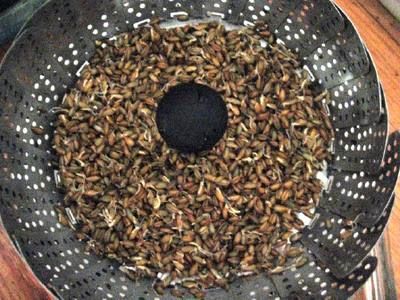
Fruit crates
A further solution for the cultivation of shoots, suitable for those who have space available and love to grow and enjoy it in quantity, is made up of the use of perforated cassettes for fruit or vegetables, recoverable at no cost when purchasing these products at a market or supermarket. Before proceeding to arrange the seeds in the sprouter, they must be left to soak for 6-12 hours as usual. Thanks to the perforated bottom, it will be convenient to rinse the sprouts daily, placing a bowl under the boxes, so that you can collect water, which can be reused to water the plants. In the'image below the boxes were used for the cultivation of sprouts and wheat grass.
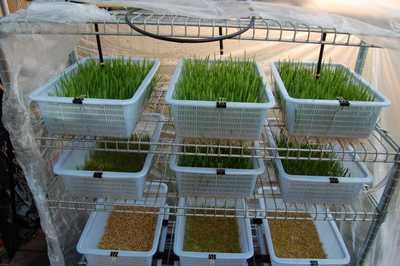
Dish
The simplest method for the home cultivation of sprouts, which involves the use of tools always available to everyone, as well as avoiding plastic, consists in the use of two soup plates. On the first plate will be spread a wet and wrung cotton napkin, on which to arrange the seeds already left to soak and drained. The second plate will be turned upside down and used as a lid. The sprouts will be rinsed twice a day under running water using a colander and then arranged again on the bottom of the plate.
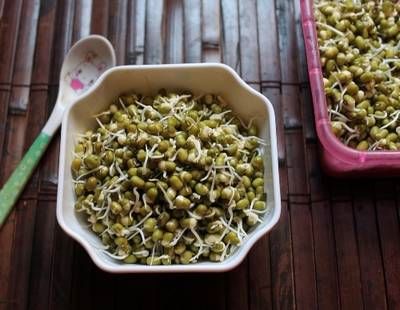
Colander
Il colander method for the cultivation of the sprouts it foresees that they are first of all soaked in plain water as usual. The sprouts, after the necessary time, must be drained and placed on the bottom of the colander, which will have been covered with a thin kitchen towel or gauze. The sprouts will need to be rinsed every day under running water and will be ready when they have reached a length of 3 or 4 centimeters. To avoid plastic, you can use one stainless steel colander.
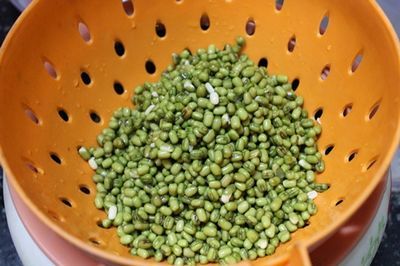
Trays
It is advisable to use plastic trays that are suitable for contact with food, such as containers for the sale of fruit and vegetables or to store vacuum-packed foods. Their bottom must be perforated in order to allow the water to drain. In the case of trays equipped with a lid, it can be placed under them, in order to collect any drops of water. No watery stagnations must remain in the trays, so that the shoots do not rot and mold does not form. The trays otherwise they can be placed on a shelf, above plates or trays, or above the sink.
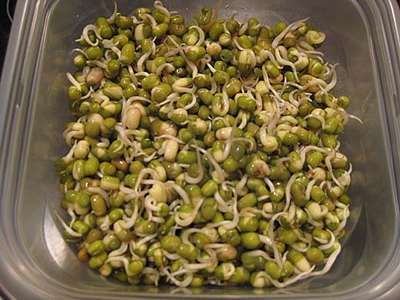
Upstand
It will not be necessary for you to buy a sprouter if you already have one of the classic ones at your disposal cake stands, obviously made with materials suitable to remain in contact with food. The splashback will need to be modified to insert a colander inside, on which the shoots will be placed. To transform a cake stand into a sprouting plant, follow the images in this address.
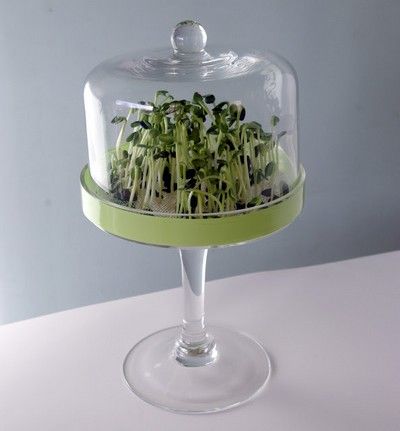
Bowl with lid
The ideal solution in this case is to have a vessel with terracotta lid, so as to avoid the use of plastic containers. We proceed using the same method used in the case of growing the sprouts in a dish. A well-wrung wet cloth will be placed on the bottom of the container, on which to place the selected seeds, after having rinsed, left to soak and drained. Rinsing should be done twice a day with the help of a colander or colander.
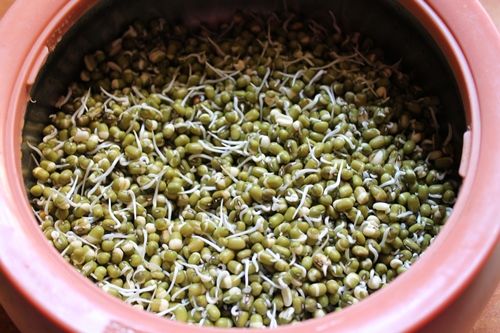
Colander
Use a tightly meshed strainer it is useful for growing sprouts from very small seeds, such as rocket, watercress, millet, amaranth and linseed. Given their small size, their soaking can be very short, even just a couple of hours. The seeds can be drained directly into the colander to be used, on which they will remain during the germination. The colander, depending on the size, will have to be placed on a glass or bowl. Rinse the sprouts twice a day by passing the colander under a trickle of running water or using a container with a nebulizer. It is a very simple method of growing sprouts, in which even children can be involved and which guarantees excellent results.
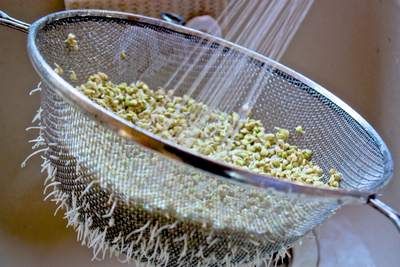
Salad spinner
The hand cranked salad spinners are usually equipped with a base container inside which there is a perforated basket, similar to a colander or colander. Given its characteristics, the salad spinner can easily be transformed into a sprouter, placing the selected seeds to germinate inside the basket after having rinsed, left to soak and drained. It is a particularly suitable solution for legumes and cereals. Is useful cover the basket of the centrifuge with a damp cloth, as described for the plate and colander method. Covering the centrifuge with a lid or a cloth will allow you to keep the sprouts in the dark in order to speed up their growth.
Marta Albè
READ also:
Sprouts and their fantastic nutritional properties
Sprouts what a passion! Here's why to eat them and how to grow them





